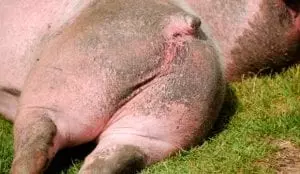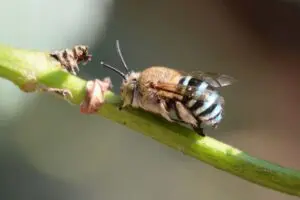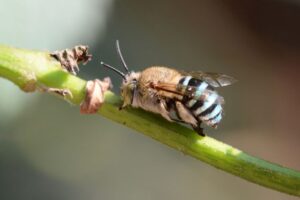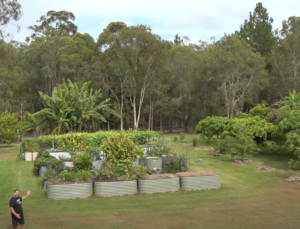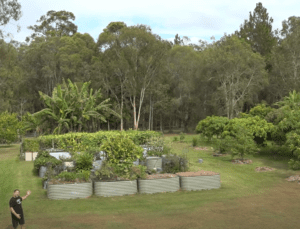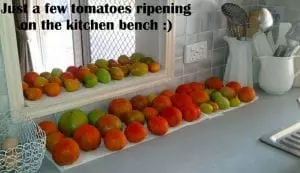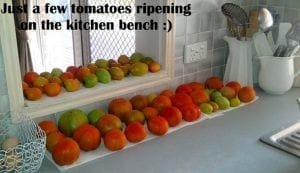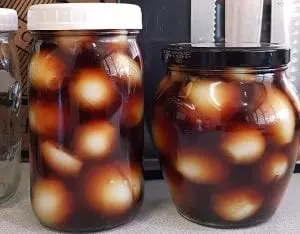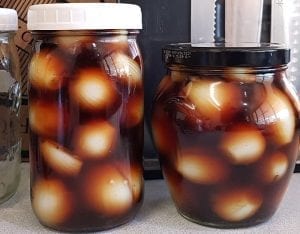There’s nothing like growing your own basil. Inhaling the lush scent when you brush past it in the garden. Watching its flowers attract essential pollinators. Picking leaves for salads, pesto and pasta sauce. Using it as a companion plant that improves the flavour of tomatoes. Sadly these are usually only seasonal pleasures, because annual basil is a summer herb suited to warmer climates.
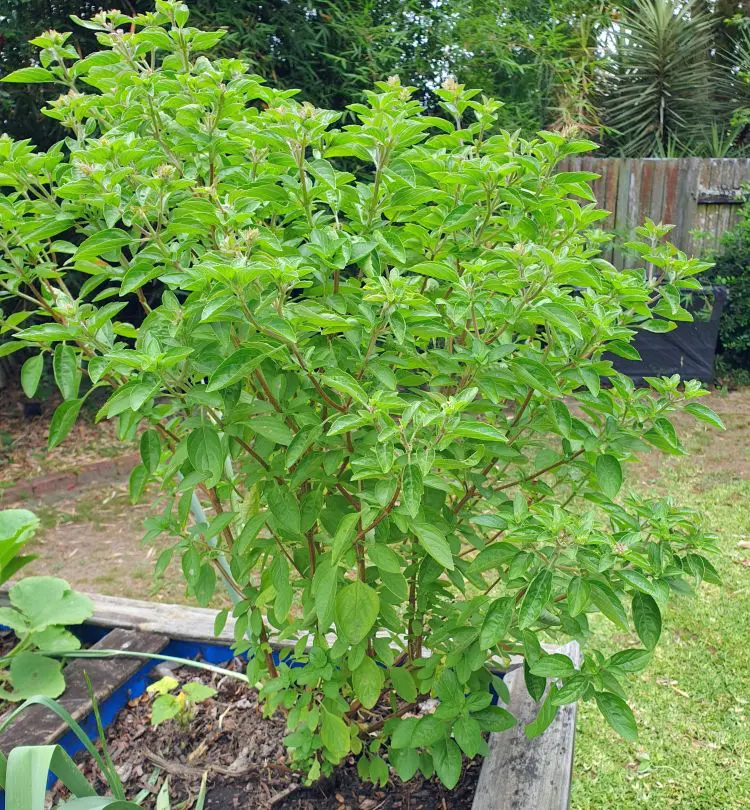
So why not try growing perennial basil?! Not only do you get year-round basil to eat, but your garden benefits because the flowers constantly attracts pollinators.
What is Perennial Basil?
As the name indicates, perennial basil is a basil that lives for longer than one season. There are several different varieties of perennial basil around, and all are short-lived perennials that will last about 5 years and are best suited to a warm temperate or subtropical climate. Just like annual basils, you can pick and eat the leaves at any time of the year. This wonderful herb will flower constantly and keep essential pollinators in your garden year-round.
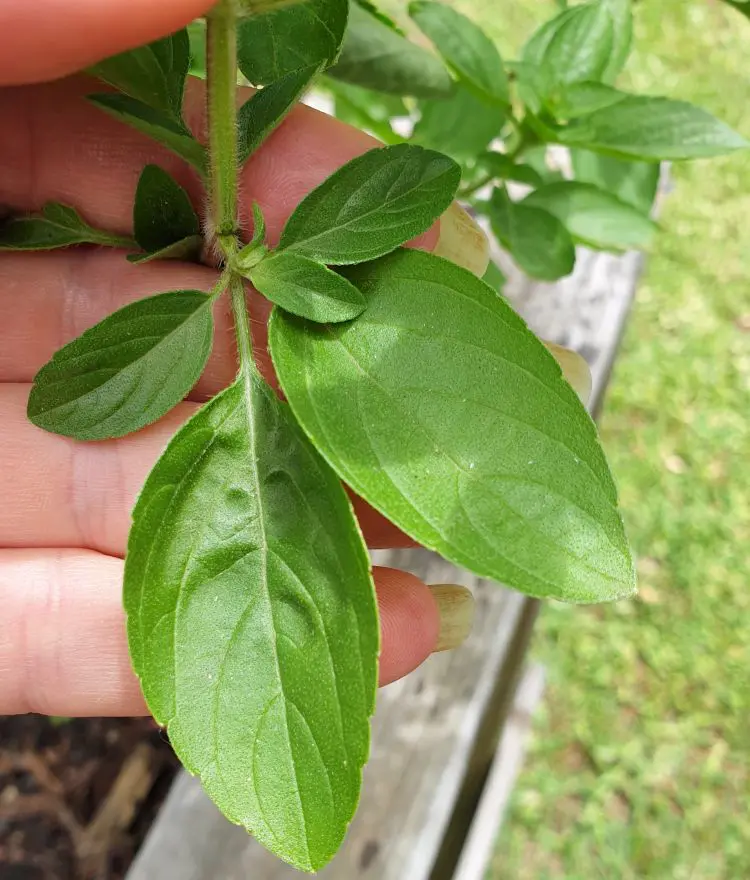
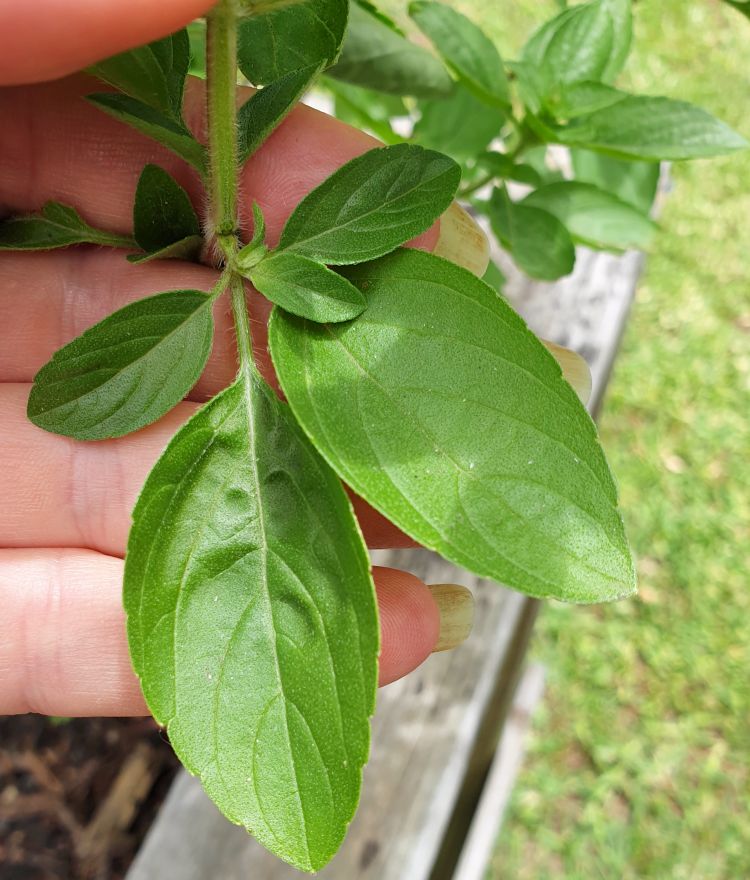
How to Grow Perennial Basil
Perennial basil is really easy to grow. It will thrive indoors or outdoors, in pots, rockeries, raised beds or in the ground. Wherever you plant it, make sure the drainage is good: basil can’t handle wet feet. Perennial basil will tolerate most soil types, but prefers a slightly acidic pH in the range of 5.5-6.5. While all basils are generally sun-lovers, a part-shade position may be best in summer when the heat is at its peak. Water requirements are moderate, and perennial basil will let you know when it wants water by wilting its leaves.
Perennial Basil in Winter
If you live in a warm temperate or subtropical climate (USDA zones 10-12), perennial basil will survive winter, albeit with a slower growth rate. While not essential, it’s not a bad idea to prune back some of the older stems at this time. That way, when the warm spring weather arrives, lush new growth will appear.
Regular basil has leaves that are semi-succulent. This means that any frost will kill them right away. In contrast, the leaves of perennial basil are a bit tougher and the stems a little more woody. Consequently, perennial basil can withstand somewhat colder temperatures than annual basil, and possibly a bit of light frost. Whichever your climate, try to keep your perennial basil in a warm, sheltered position during winter to minimise stress.

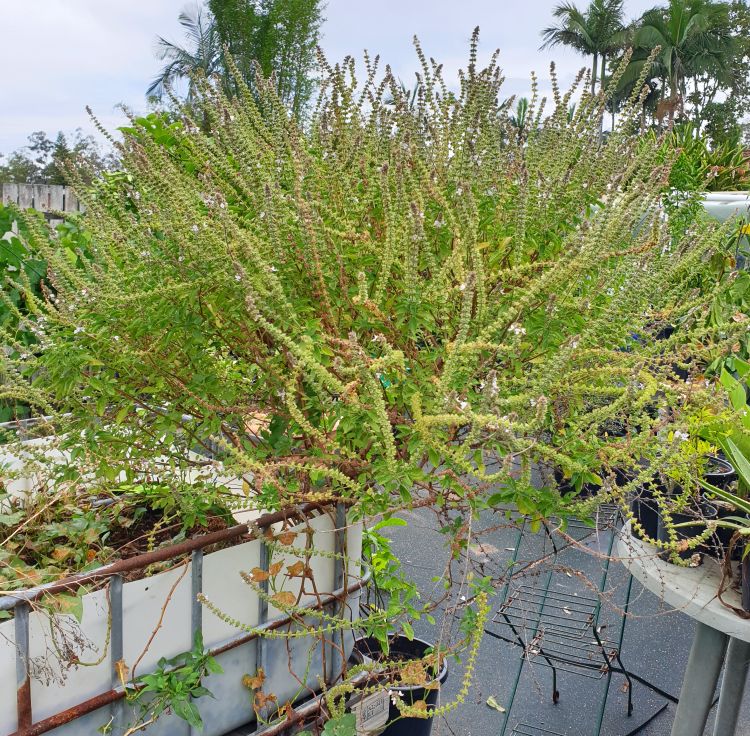
If you live in a cold climate with hard frosts you’ll need to keep perennial basil indoors during winter. Growing it in pots makes this an easy job. Alternatively, grow it as an annual outdoors once the weather warms up.
Maintaining & Propagating
Perennial basil is a low-maintenance herb to keep in your garden. As mentioned above, it tolerates various soil types, minor water stress and light frost. Perennial basil prefers a slightly acidic soil, so using a wood chip mulch around the base will help create the ideal soil conditions. Pinch out the growing tips throughout the season to encourage fresh growth and a bushy habit. Cutting back any dead branches or growth at any time won’t hurt the plant, and giving it a decent prune in winter is a good idea as it gets into its third and fourth years.
Perennial basil is easy to propagate via cuttings, but doesn’t grow from seed. Simply cut a stem at an angle below a node, remove most of the leaves, and sit it in a jar of water. After around a week, new roots will have grown, as shown below. The cuttings are now ready to be planted out individually. Alternatively, cuttings can be rooted in a pot of perlite.

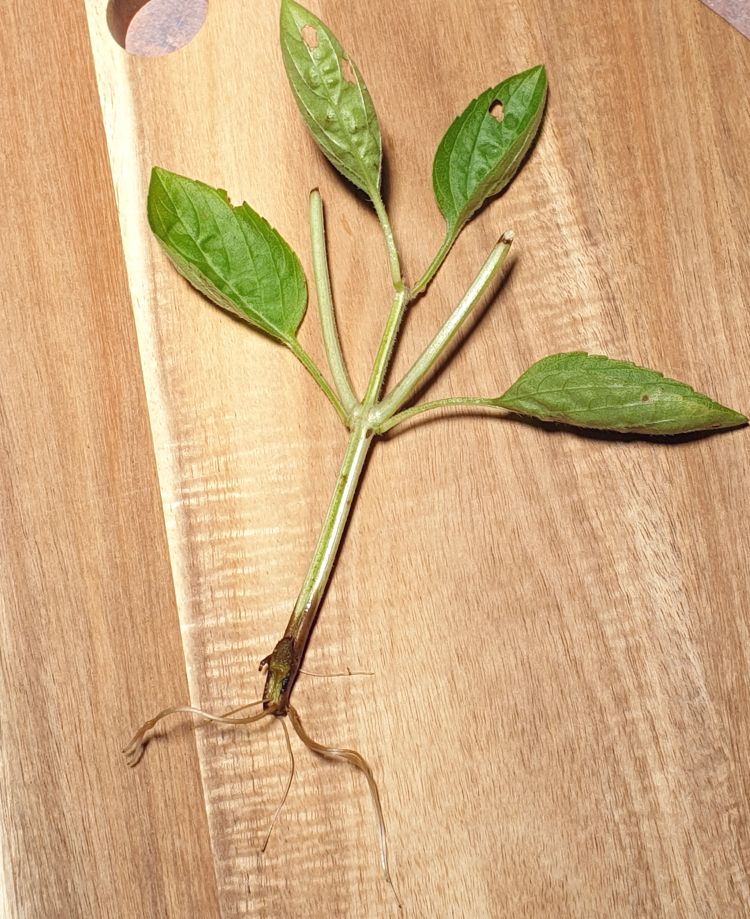
Using Perennial Basil
Perennial basil is just as easy and versatile to use as regular basil. It makes an ideal addition to salads and sandwiches, or you can cook it into soups, stews & quiches and of course make pesto with it. Like many other herbs, perennial basil suits drying for later use. All you need do is pick some leaves, lay them flat on a baking tray and put them in the oven on the lowest possible temperature setting for several hours. Once dry, pulse the leaves in a food processor then pop them in an airtight jar for storage.
Perennial basil isn’t the easiest plant to find, but there are several online retailers that sell it. Alternatively, you may strike lucky at a local market, community garden group or garden fair. This fantastic plant that is so useful in the garden & in the kitchen is certainly worth the effort.

